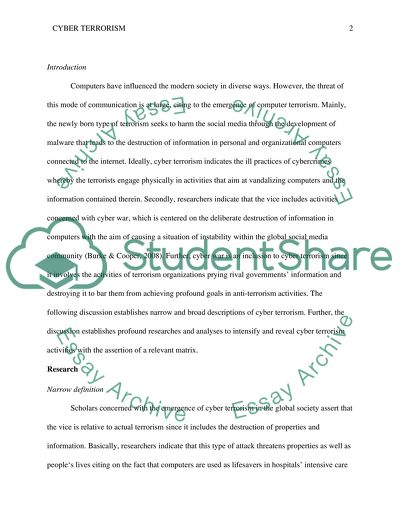Cite this document
(“Final Term Paper GVPT Essay Example | Topics and Well Written Essays - 2500 words”, n.d.)
Retrieved from https://studentshare.org/military/1631416-final-term-paper-gvpt
Retrieved from https://studentshare.org/military/1631416-final-term-paper-gvpt
(Final Term Paper GVPT Essay Example | Topics and Well Written Essays - 2500 Words)
https://studentshare.org/military/1631416-final-term-paper-gvpt.
https://studentshare.org/military/1631416-final-term-paper-gvpt.
“Final Term Paper GVPT Essay Example | Topics and Well Written Essays - 2500 Words”, n.d. https://studentshare.org/military/1631416-final-term-paper-gvpt.


